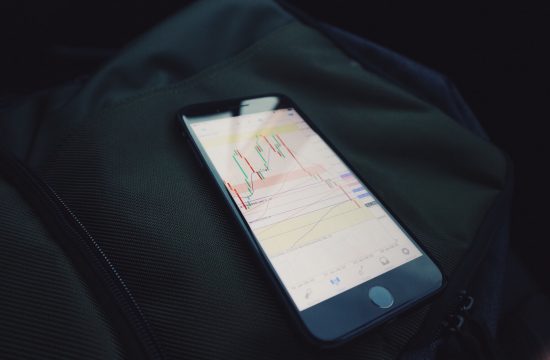At the Samsung Developer Conference in San Francisco, Samsung took the wraps off of One UI, a new design language that will make its debut in Samsung Experience, Samsung’s custom Android skin. In addition to font tweaks and redesigned navigation buttons, it’s now much more “intuitive” than previous versions of the company’s mobile flows, Jaeyeon Jung, vice president for service R&D at Samsung’s Mobile Communications division, said onstage, and more “responsive.”
One UI is bound for the Galaxy S9 and other devices later this year, and set to launch in beta in November in the U.S., Germany, and Korea ahead of a public rollout in 2019.
“Users see only what they need, when they need it, so they can stay focused on what matters,” Jung said. “We want their eyes to be drawn to what matters, and not distracted by things that don’t … As phones have gotten bigger, you are expected to have the dexterity of a classical pianist to move your fingers from the home key at the bottom, to the [buttons] in the middle, and the menu buttons at the top. But it doesn’t have to be this way.”
One UI adopts something of a new paradigm. The UI reserves the upper portion of the screen for viewable content, while devoting the lower portion to interactions. Focus Blocks — bright, colorful buttons that stand out against dark backgrounds — make clear just which elements are interactive, and pop-ups, which previously appeared near the middle of the screen, now populate the bottom where they’re easier to reach.
Icons in One UI have been “radically” simplified to help users “easily understand what each one is,” and their colors — along with the hues of each menu — have been fine-tuned to provide a “more comfortable experience.” There’s a color to match each of the Galaxy lineup’s available hardware SKUs.
In other improvements, the One UI settings menu groups related functions together, and it’s been reordered so that the most important options appear first, near the top. The new dialer app’s UI is dynamic — when you’re dialing a number, it changes accordingly, concealing the search bar and menu tabs. And in the clock app, it’s now easier to switch between various tabs devoted to functions like stopwatch and timer.
Last but not least, Samsung’s Night Mode has been applied across the UI.
The One UI reveal preceded the reveal of Samsung’s bendable smartphone prototype, which sports a 7.3-inch screen that folds in half like a notebook. Also announced today at Samsung’s Developer Conference: a Media Control API for TV apps that tap Bixby, Samsung’s homegrown voice assistant, as well as a Bixby development kit and desktop design suite.








